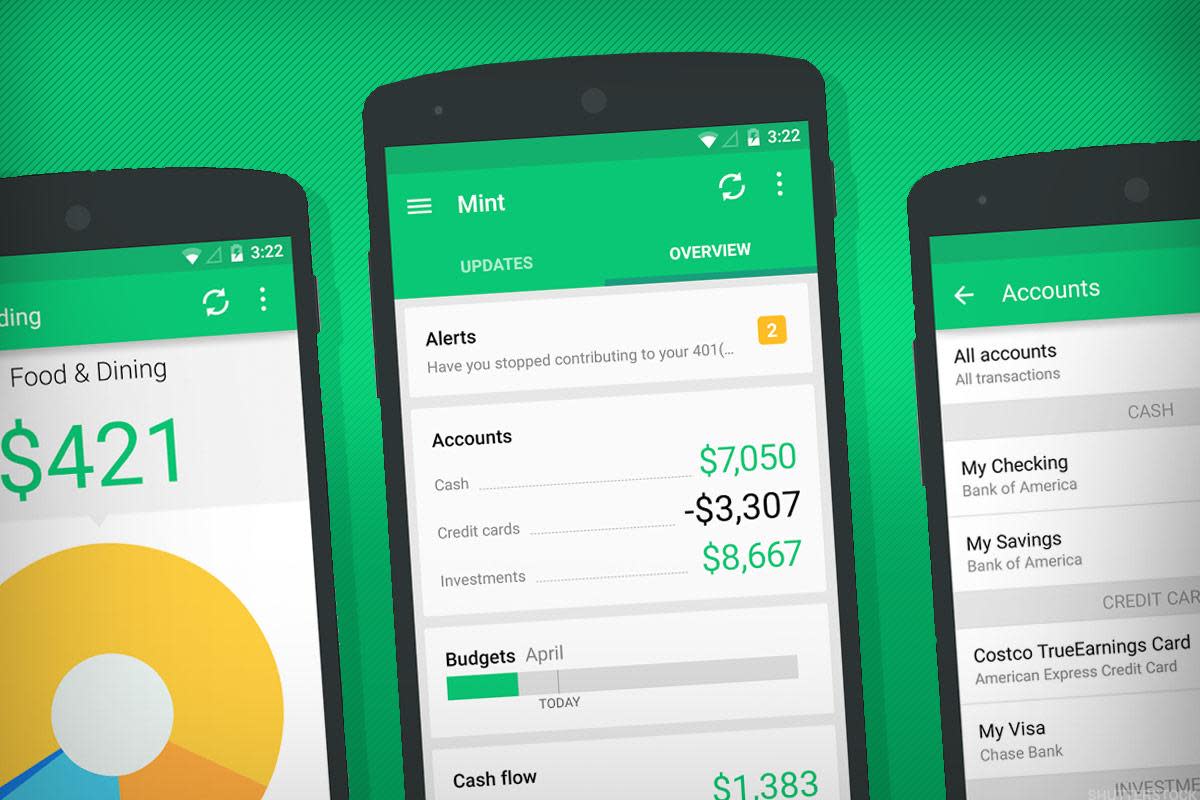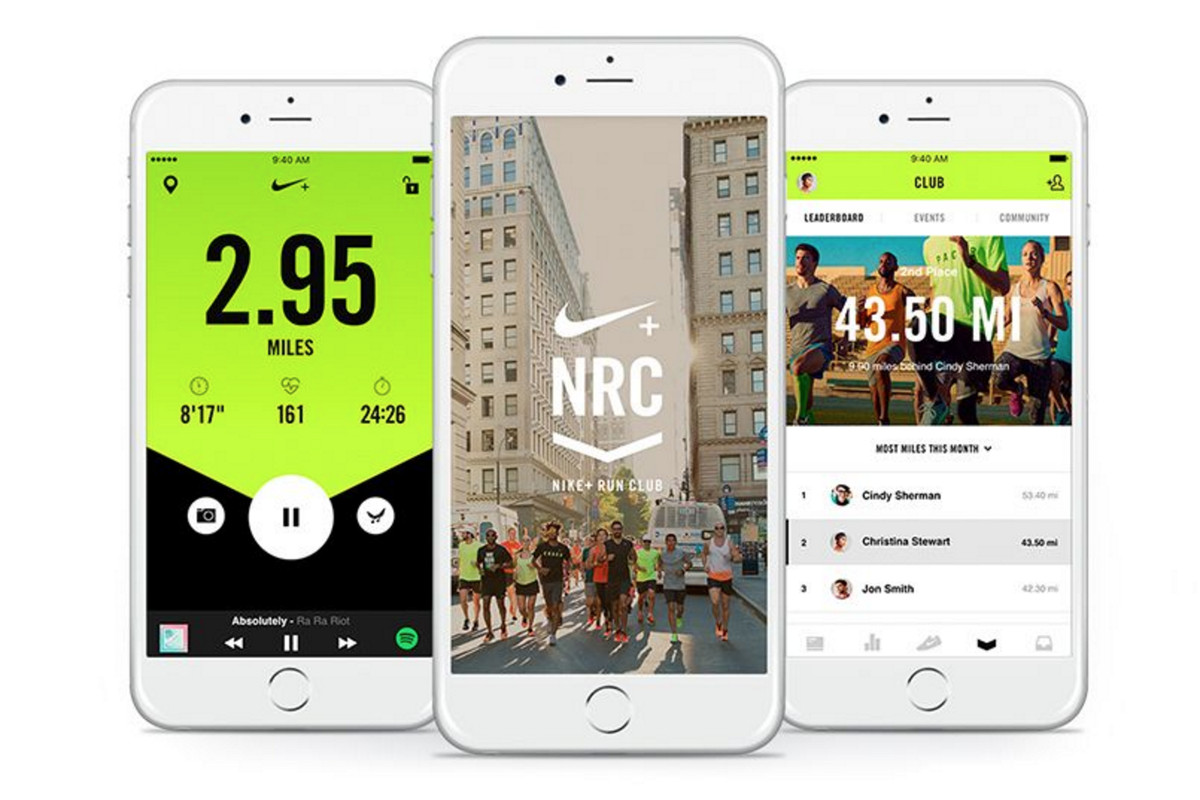✨Refactor coming soon✨
The Challenge |
How might we help people do more of the work that is important to them?
Background
Latitude suspects that freelancers aren't getting enough important work done. Working with a small team, our primary goal was to validate this suspicion. How might we help people do more of the work that is important to them? Is Latitude a design solution solving the personal pain point of its founder or does it provide a solution to a larger audience? The intended audience are folks who are working full-time as freelancers or founders of small self-funded software businesses. Latitude is in its early stages and is pre-product.This project was done in partnership with Julia Jong, Jasmine Stewart and Sade Phillip, under the supervision of the CUNY UX Design Program. The scope of work was one design sprint.
My Process

Empathize

Research
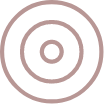
Define

Ideate

Prototype

Test
Using empathy in the research
We conducted 30-40 minute remote interviews across the globe and formulated questions aimed at addressing these research goals:- Understand the current behaviors of balancing tasks and workflow.
- Discover what people consider to be important work & why
- Identify the opportunities for further exploration
Synthesize: transforming raw data
At this point, we had gathered a lot of raw qualitative data. We synthesized the data through affinity mapping, user journeys, user flows and came up with two user personas.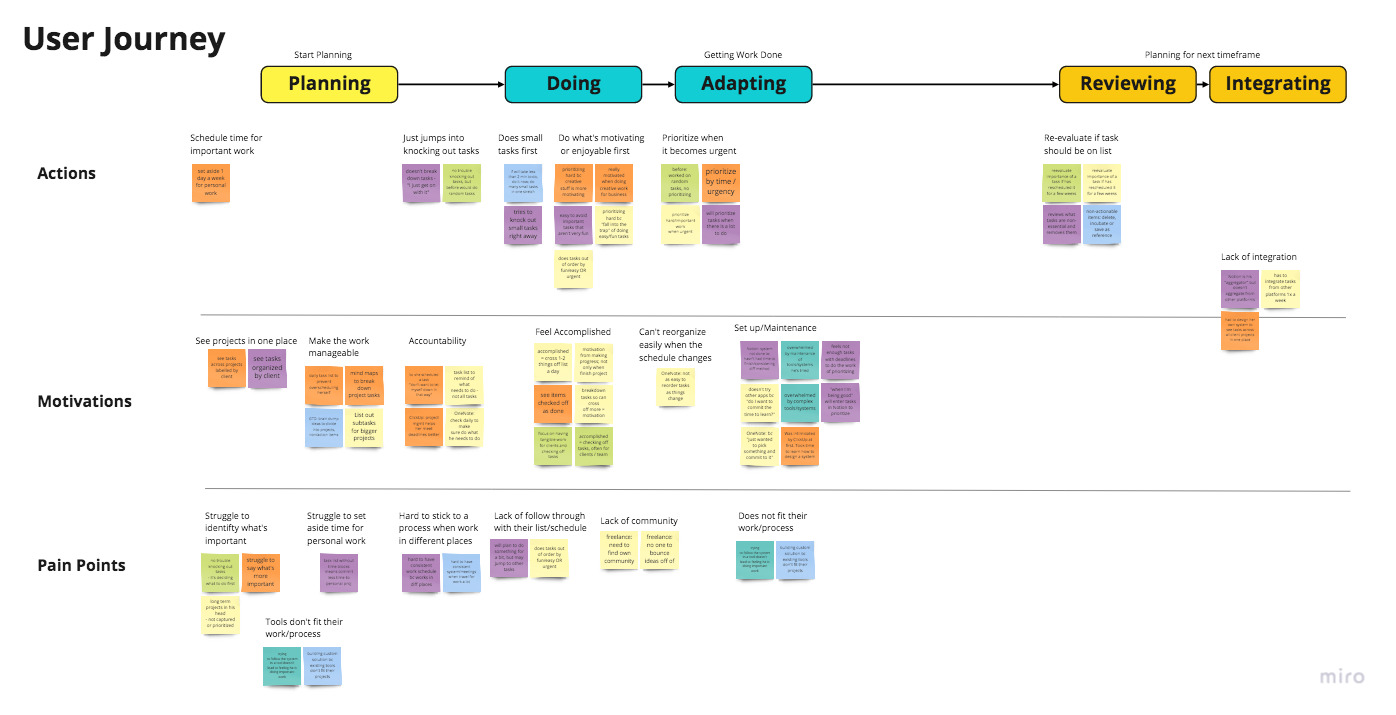
Pam the Planner
I have a system in place for my client work, but I don’t always know where my work fits in.
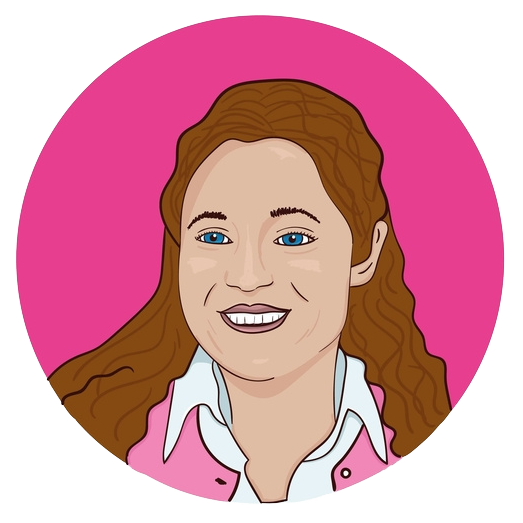
Dwight the Doer
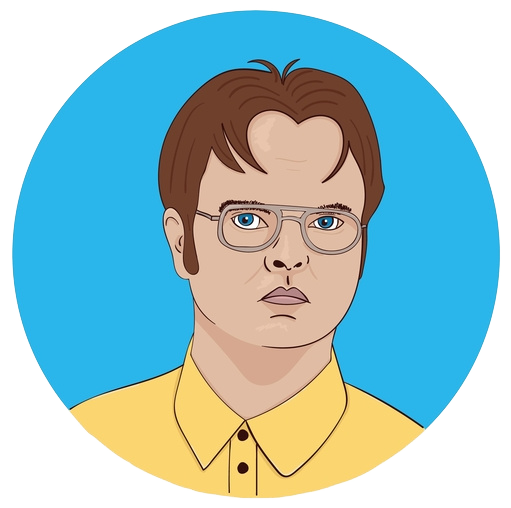
I like to just get to work and get things done, but am I working on the right things?
Source: The Office illustrations by Dominika Hegykő
To round out the research, we did a competitive analysis of productivity tools. We looked for key features that differentiated one tool from the next so that we could locate the opportunities for Latitude.
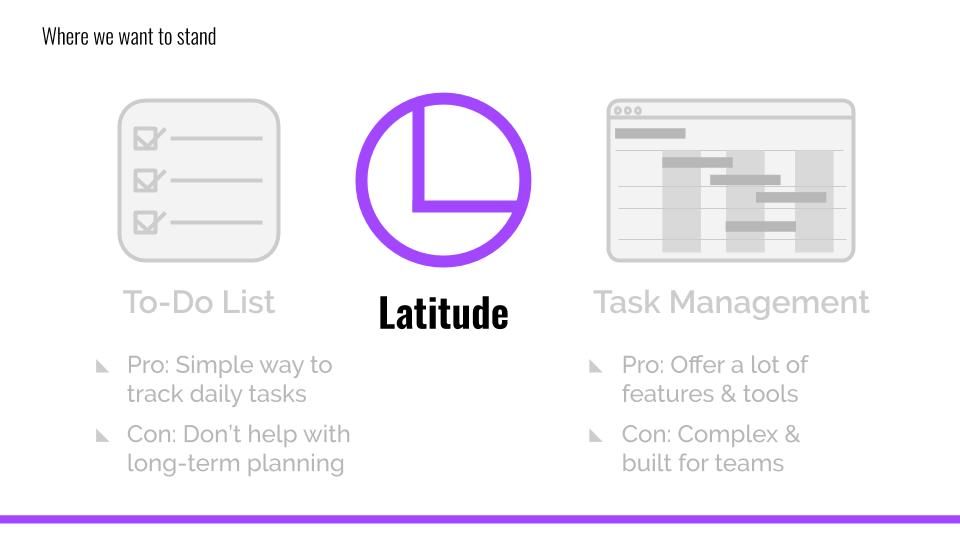

Define: what are user pain points?
We finally reached a point where could identify some user pain points and the opportunities for solutions.Pain Points
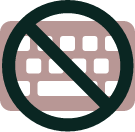
Minimal data entry

Struggle to identify
what's important

Feeling isolated
However, there was an added challenge. When we brought our research back to our client, he had some new insights to share. He wanted to focus on one of the riskier assumptions: how can we design a tool that gives more structure to people that like flexible or loose structure (Dwight the Doer)? As a group, we wanted to focus on something a little less risky, which was designing digital tools for people that like structure (Pam the Planner). Our HMW had changed.
How might we help people do more of the work that is important to them?
How might we help Dwight the Doer add structure to their work to get more important work done?
Ideate: Embrace the messiness
We were trying to validate the new HMW, while still being grounded in the user research. We let our imaginations run wild with ideation tools like Crazy 8s and we extended our secondary research beyond digital productivity tools. We looked at digital tools like financial planning, fitness, dieting apps and analog tools like "Best Self Journals" and philosophies. All of these things are trying to achieve a similar goal - get people to change a behavior and or adapt highly-structured systems.
